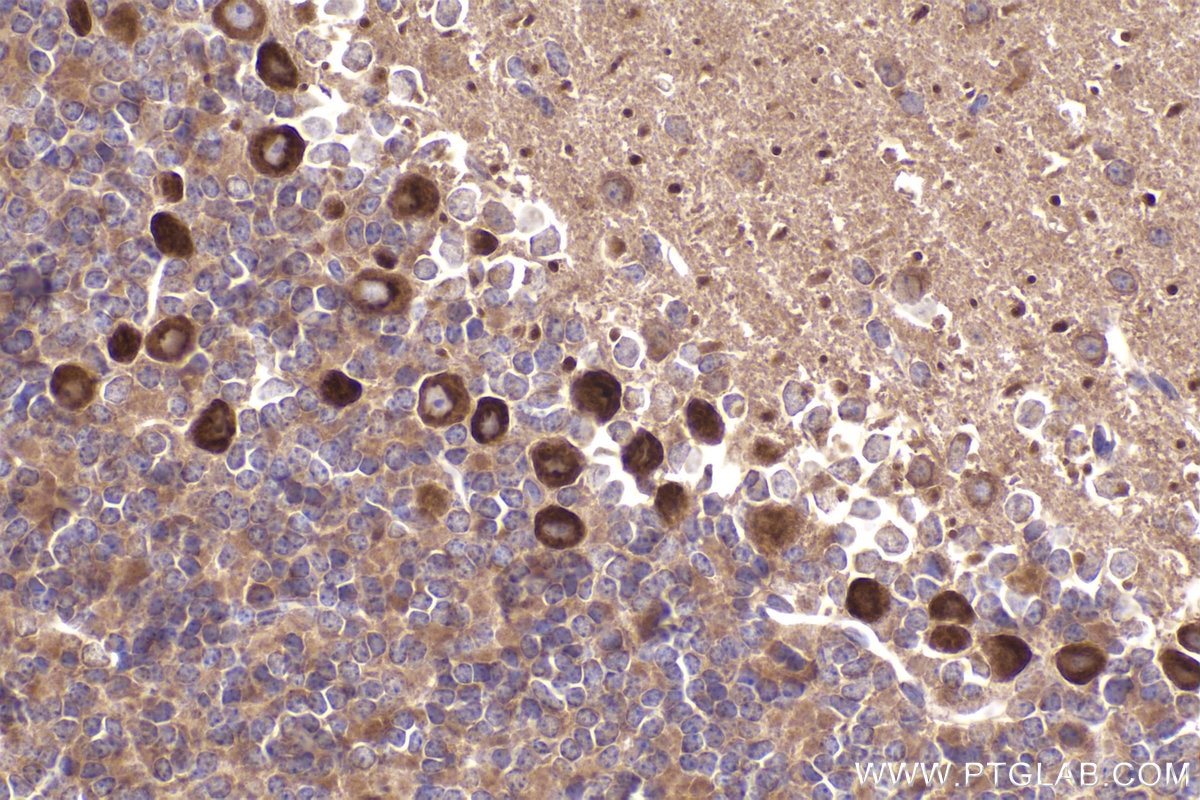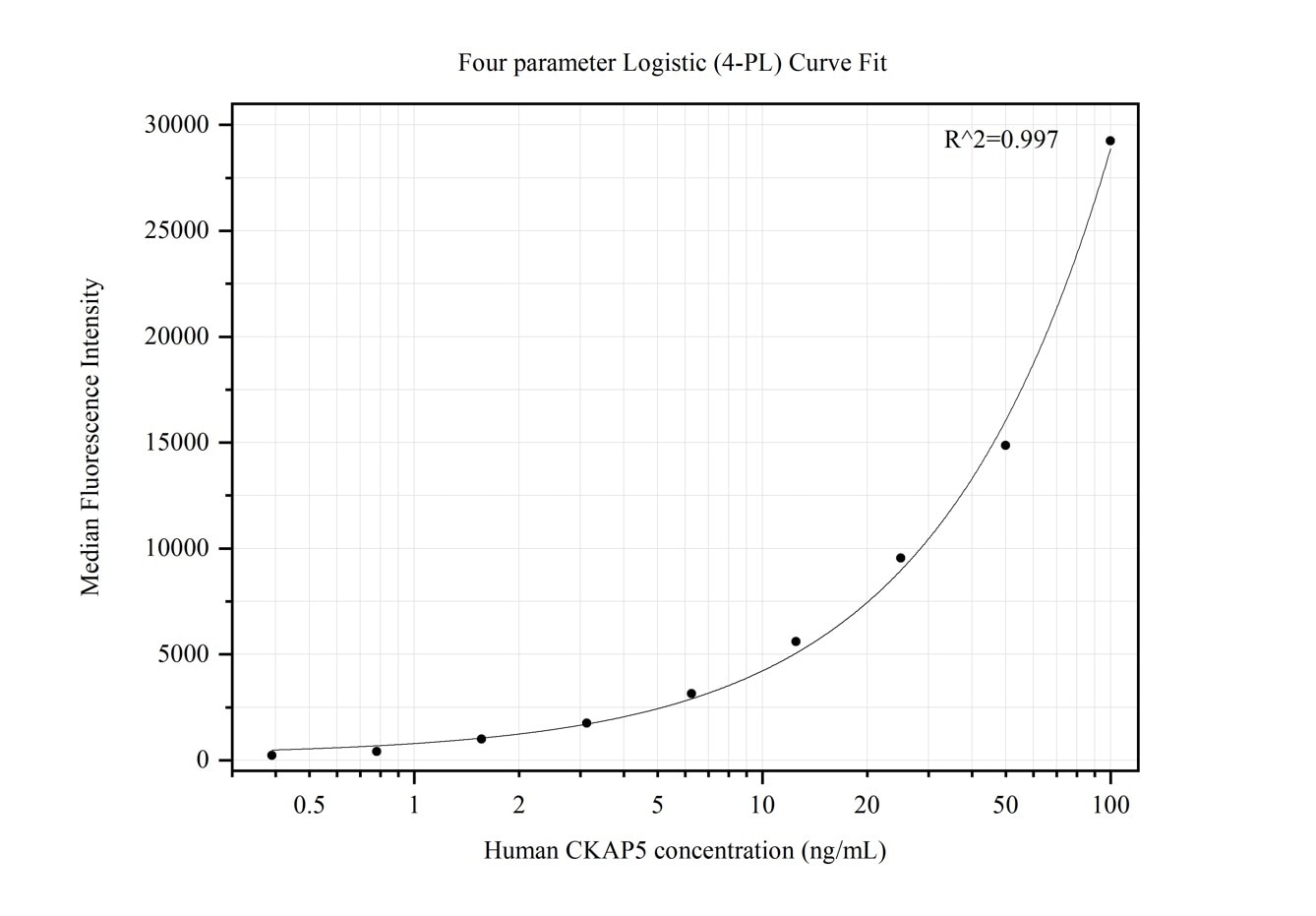Validation Data Gallery
Tested Applications
Recommended dilution
| Application | Dilution |
|---|---|
| It is recommended that this reagent should be titrated in each testing system to obtain optimal results. | |
Product Information
67631-1-PBS targets Ch-TOG as part of a matched antibody pair:
MP50224-1: 67631-2-PBS capture and 67631-1-PBS detection (validated in Cytometric bead array)
MP50224-2: 67631-1-PBS capture and 67631-3-PBS detection (validated in Cytometric bead array)
Unconjugated mouse monoclonal antibody pair in PBS only (BSA and azide free) storage buffer at a concentration of 1 mg/mL, ready for conjugation.
This conjugation ready format makes antibodies ideal for use in many applications including: ELISAs, multiplex assays requiring matched pairs, mass cytometry, and multiplex imaging applications.Antibody use should be optimized by the end user for each application and assay.
| Tested Reactivity | human, mouse, rat, pig |
| Host / Isotype | Mouse / IgG1 |
| Class | Monoclonal |
| Type | Antibody |
| Immunogen | Ch-TOG fusion protein Ag28770 相同性解析による交差性が予測される生物種 |
| Full Name | cytoskeleton associated protein 5 |
| Observed molecular weight | 220-240 kDa |
| GenBank accession number | BC120869 |
| Gene Symbol | Ch-TOG |
| Gene ID (NCBI) | 9793 |
| RRID | AB_2882832 |
| Conjugate | Unconjugated |
| Form | Liquid |
| Purification Method | Protein A purification |
| UNIPROT ID | Q14008 |
| Storage Buffer | PBS only , pH 7.3 |
| Storage Conditions | Store at -80°C. |
Background Information
Ch-TOG (colonic hepatic tumor-overexpressed gene), also known as XMAP215 or CKAP5, is a microtubule polymerase which can promotes cytoplasmic microtubule nucleation and elongation. Through interacting with Aurora-A and TACC3, it plays a major role in organizing spindle poles.








